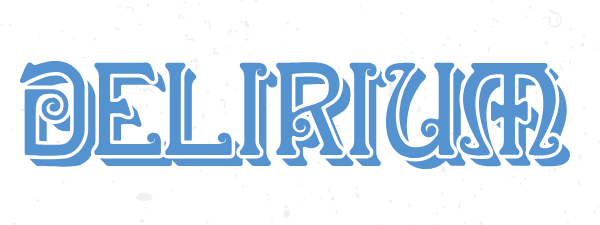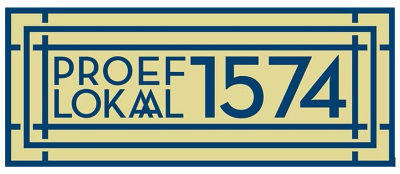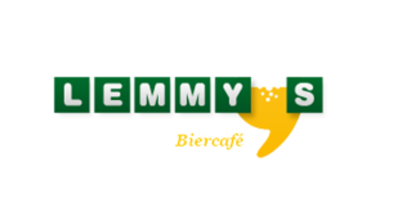Kikkeren: The great frog game

First of all, the game is played on a traditional billiard. So there are no pockets and only three balls: a white ball, a yellow ball and a red ball.
The game can be played with two, three or four players. When four players are attending, there are two teams of two players, playing against each other. With two or three players, players are playing against each other individually.
All players play with the yellow ball: the cue ball. At the beginning of each turn the player announces the figure that he will make. If the player hits the white and red ball with the cue ball according to the order of the announced figure and the number of cushions that were hit correspondents with the announced figure, the players scores a point. After the player scores a point, he is allowed to start again.
When playing in teams, every team has 20 turns. After 20 turns the game ends. The team with the highest score wins the game. When a team has completed all seven figures five times, they win immediately. However it is highly appreciated that the losing team is allowed to try to make the left over figures in the turn afterwards if they have not started the game. When they complete all seven figures five times in that turn, the game is considered as a draw.
When playing individually, each player has 30 turns. After 30 turns the game ends. The player with the highest score wins the game. When a player has completed all seven figures five times he wins immediately. However it is highly appreciated that the losing player(s) is/are allowed to try to make the left over figures in the turn afterwards if he has not started the game. When the player finishes all seven figures five times in that turn, the game is considered as a draw.
There are seven figures that are allowed to play:
1. Kikker (Dutch for frog): The player hits both the red and the white ball with the (yellow) cue ball in any order. This figure is only valid when none of the balls hits any cushion. As soon as any ball hits any cushion, the turn ends.
2. Van rood (Dutch for red first): this figure is valid when the player hits first the red ball with the (yellow) cue ball and after that the white ball has been hit with the cue ball. It is allowed to hit any cushion or to hit the red ball several times. As long as that the red and white ball have been hit, the figure is valid.
3. Direct (Belgium for rechtstreeks, in Dutch rechtstreeks means direct): The player has to hit directly both the red – and the white ball with the cue ball in any order. Directly means that no cushions have been hit before the cue ball hits both the red and white ball (in any order). After the last ball has been hit, it is allowed to hit any cushion with the cue ball. All other balls are allowed to hit any cushion.
4. 1-band (One cushion): The player hits both the red – and white ball with the cue ball in any order. Before the last ball has been hit, the cue ball has to have hit exactly one cushion. After the last ball has been hit, it is allowed to hit any (extra) cushions with the cue ball. All other balls are allowed to hit any cushion.
5. 2-banden (Two cushions): The player hits both the red – and white ball with the cue ball in any order. Before the last ball has been hit, the cue ball has to have hit exactly two cushions. After the last ball has been hit, it is allowed to hit any (extra) cushions with the cue ball. All other balls are allowed to hit any cushion.
6. 3-banden (Three cushions): The player hits both the red – and white ball with the cue ball in any order. Before the last ball has been hit, the cue ball has to have hit three or more cushions. After the last ball has been hit, it is allowed to hit any (extra) cushions with the cue ball. All other balls are allowed to hit any cushion.
7. Losse band (Loose cushion): The player hits both the red – and white ball with the cue ball in any order. However one or more cushions shall be hit before the cue ball hits any ball. After the last ball has been hit, it is allowed to hit any (extra) cushion with the cue ball. All other balls are allowed to hit any cushion.
Each figure is only valid when the player announces the figure beforehand. When the wrong figure has been announced or no figure has been announced at all, the turn will end. When the players scores a point, he is allowed to start again until he misses.
Each figure shall be completed no more than five times. After a figure has been completed five times, it is not allowed to be announced again. When a player announces a figure that has been completed five times, his turn ends immediately.
Every figure that has been completed, counts as one point. When a player (or team) completes all figures, a bonus of seven points will be granted. After the player (or team) completes al figures for the second, third, fourth or fifth time, every time seven bonus points are granted again. So a maximum of 70 points can be achieved.

















